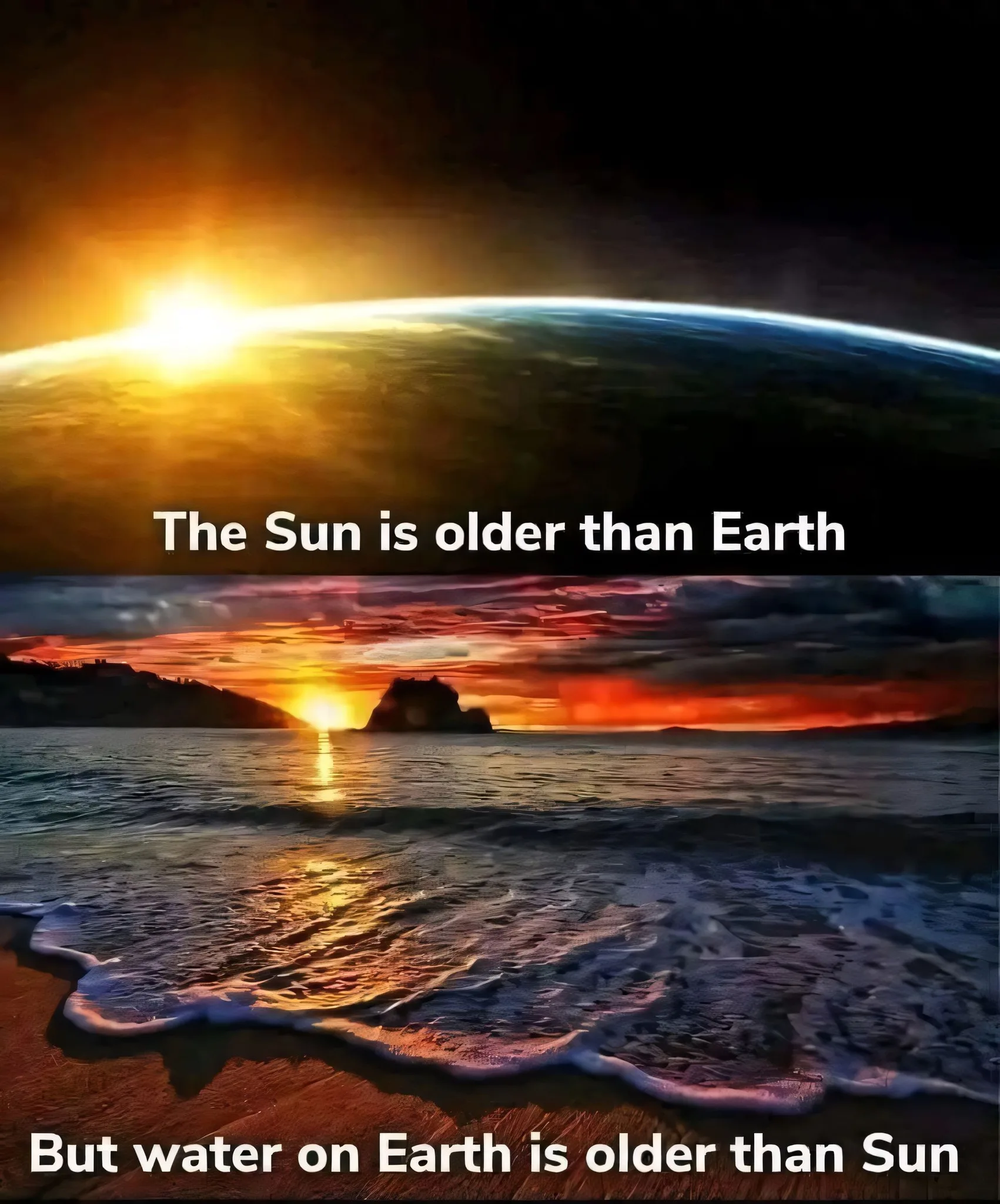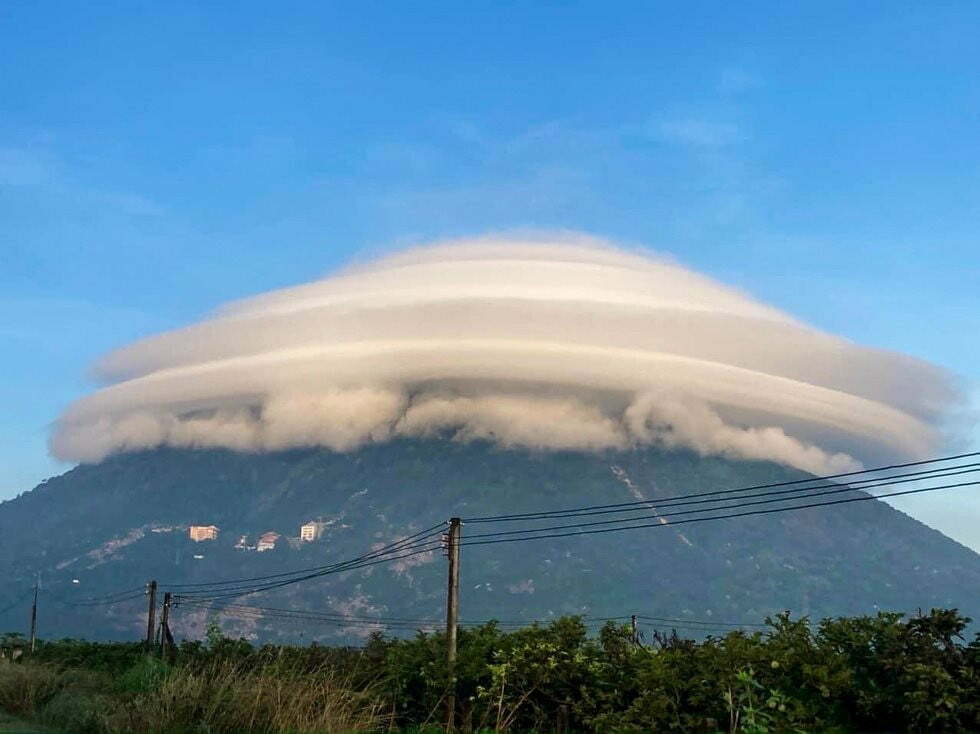We’ve all seen those intriguing memes floating around the internet, the ones that make you pause and ponder the vastness of the universe. One such meme recently caught my eye, juxtaposing a stunning image of the sunrise over Earth with a tranquil ocean sunset. The accompanying text declared with simple confidence: “The Sun is older than Earth,” followed by a seemingly contradictory statement, “But water on Earth is older than Sun.”
At first glance, this feels like a cosmic riddle. How can something on a younger celestial body be older than the very star that birthed its system? Let’s dive into the science and unpack this intriguing statement.

The Sun and Earth: Siblings from the Start
Our Sun, the radiant heart of our solar system, ignited approximately 4.6 billion years ago from a swirling cloud of gas and dust called a nebula. Gravity pulled this material together, eventually igniting nuclear fusion in its core, giving birth to the star we rely on for light and warmth.
Our Earth, along with the other planets in our solar system, formed from the leftover material in the same protoplanetary disk that surrounded the young Sun. Over time, through accretion and collisions, these rocky and icy fragments coalesced to form the planets we know today. Earth, clocking in at around 4.54 billion years old, is indeed younger than the Sun, though they are close contemporaries in cosmic terms. So, the first part of the meme holds true.
The Mystery of Earth’s Water: A Tale of Ancient Atoms
Now, let’s tackle the seemingly paradoxical claim about water being older than the Sun. This is where we need to shift our perspective from the molecule of water () to the atoms that compose it: hydrogen and oxygen.
The hydrogen atoms that make up water are some of the most ancient in the universe. They were primarily formed during the Big Bang, the event that initiated the expansion of our cosmos nearly 13.8 billion years ago. These primordial hydrogen atoms are the fundamental building blocks of everything we see.
Oxygen, on the other hand, wasn’t present in the very early universe. It, and many other heavier elements, were forged in the fiery furnaces of stars that lived and died long before our Sun came into existence. Through nuclear fusion in their cores and explosive supernova events at the end of their lives, these early stars created heavier elements, scattering them across the cosmos. These stellar remnants then became part of new nebulae, including the one that birthed our solar system.
Putting it all Together: Ancient Ingredients, Newer Combinations
So, while the Sun as a star is older than the Earth as a planet, the hydrogen and oxygen atoms that constitute Earth’s water have a much more ancient lineage, predating our solar system itself.
The water molecules we find on Earth likely formed much later, through chemical reactions in the early solar system and potentially delivered by icy asteroids and comets bombarding the young planet. Volcanic activity also played a role, releasing water vapor from Earth’s interior.
Therefore, the meme, while perhaps slightly misleading in its phrasing, touches upon a profound truth: the very stuff that makes up our planet, including the essential element of water, contains atoms that are cosmic veterans, far older than our Sun.
It’s a humbling reminder of our deep connection to the universe’s history, a testament to the fact that we are all made of stardust – and in the case of water, perhaps even older remnants of the cosmos. So, the next time you see that meme, you’ll know the fascinating science behind the seemingly simple statement.





